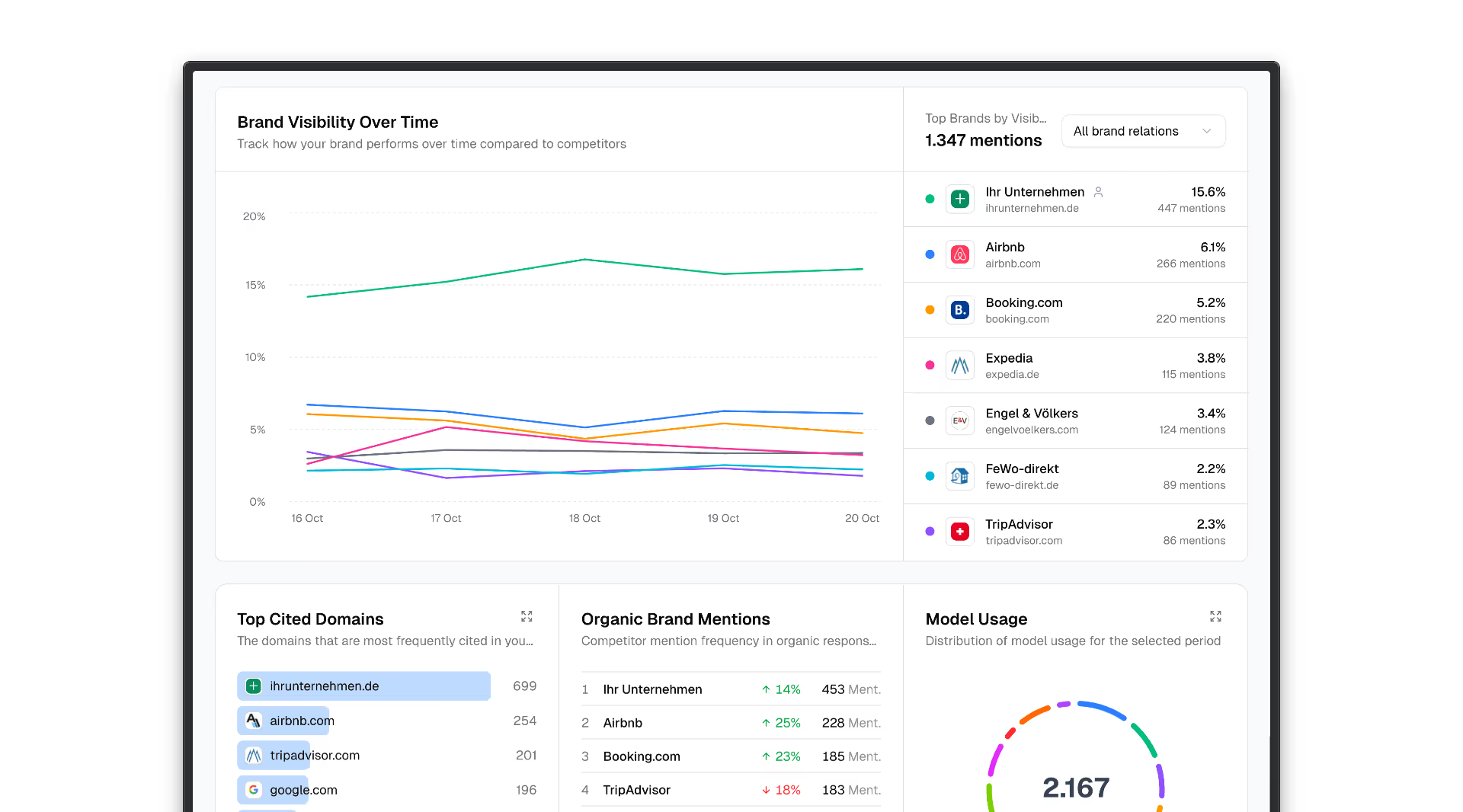What is a RESTful API?
A RESTful API (Representational State Transferful Application Programming Interface) is a type of web API (application programming interface) that follows the principles of the REST architectural style. REST is a design pattern for developing distributed systems based on the principles of simplicity, scalability, and loosely coupled components. RESTful APIs are often used for communication between various software applications, particularly web-based applications.
The key features and principles of a RESTful API are:
- resources: In a RESTful API, resources are viewed as uniquely identifiable entities, such as users, articles, photos, or documents. Each resource is identified by a unique URL (Uniform Resource Locator).
- HTTP methods: RESTful APIs use standard HTTP methods to access and interact with resources. The most common HTTP methods are GET (to fetch data), POST (to create new resources), PUT (to update resources), and DELETE (to delete resources).
- Representations: Resources are returned in various representations, often in JSON or XML format. Users can choose which presentation they want to use by specifying the desired media type in the HTTP request headers.
- Statelessness: A RESTful API is stateless, which means that every request from a client to the server must include all information required for processing. The server does not store any status between requests.
- URI structure: The URL structure in a RESTful API should be consistent and hierarchical to allow easy navigation and resource access.
- Hypermedia control: RESTful APIs can use hypermedia controls to let clients know how to access other resources. This enables dynamic discovery of resources and actions.
- Error return: Errors should be returned with HTTP status codes and appropriate error messages to let clients know what went wrong.
RESTful APIs are used in a wide range of applications and services, including web applications, mobile apps, cloud services, and IoT devices. They offer an efficient and easy-to-understand way to exchange and integrate data and functions between different systems. Adhering to REST principles can help improve the scalability and maintainability of APIs.
